hey everyone, today I took more pics of the guys eating some of the grass i grew and then they had some mazuri later.
my dog is so jealous of all the time the torts get!
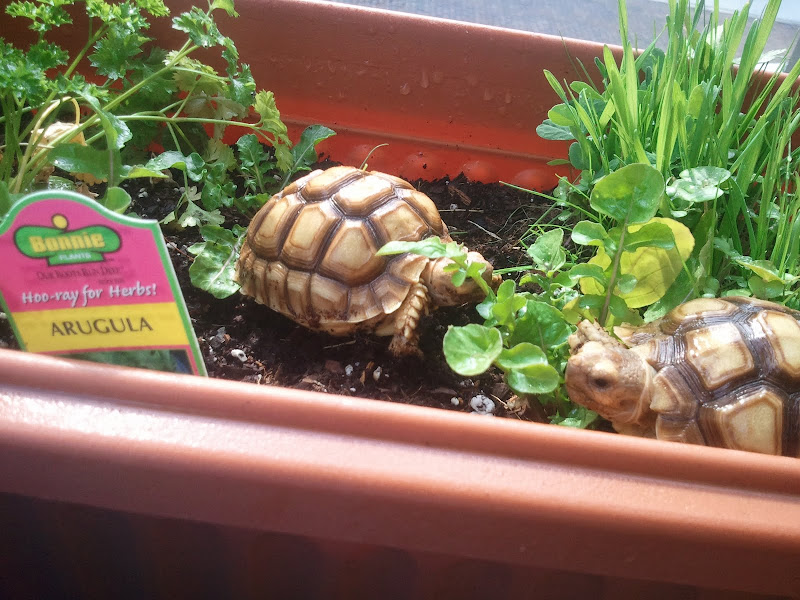
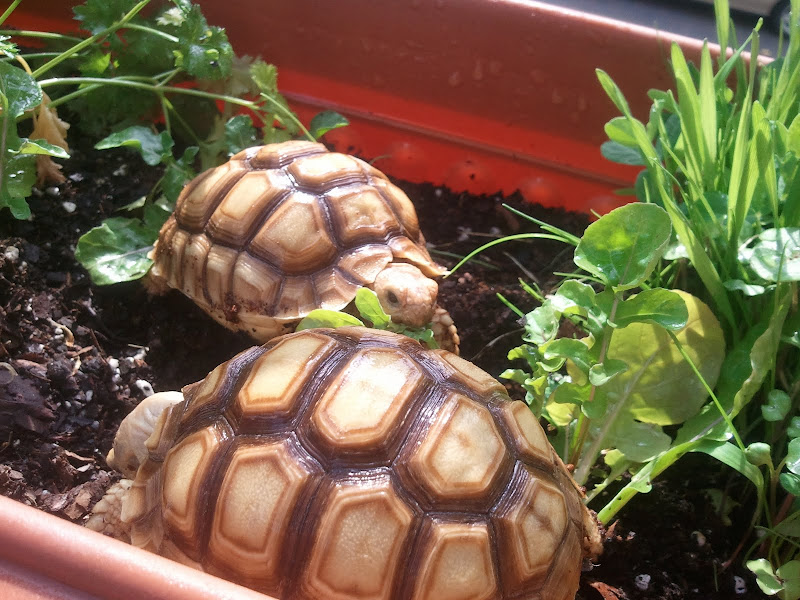
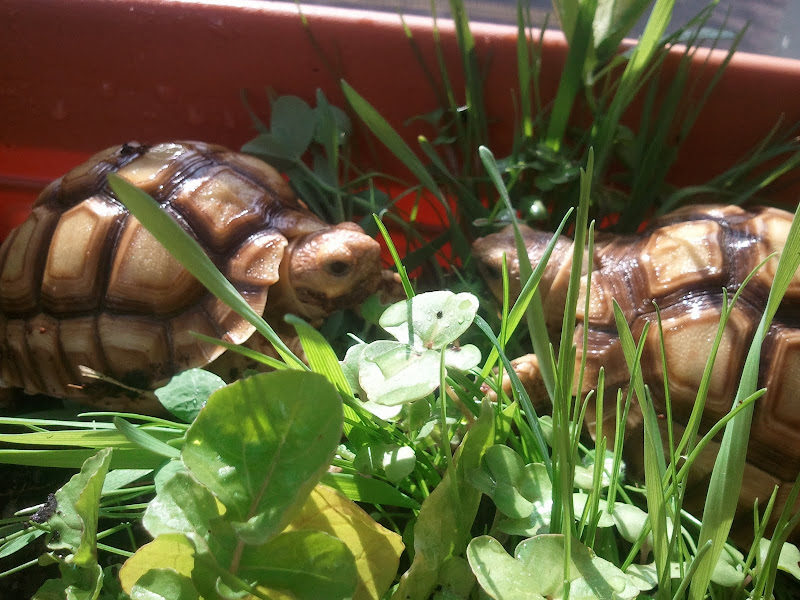
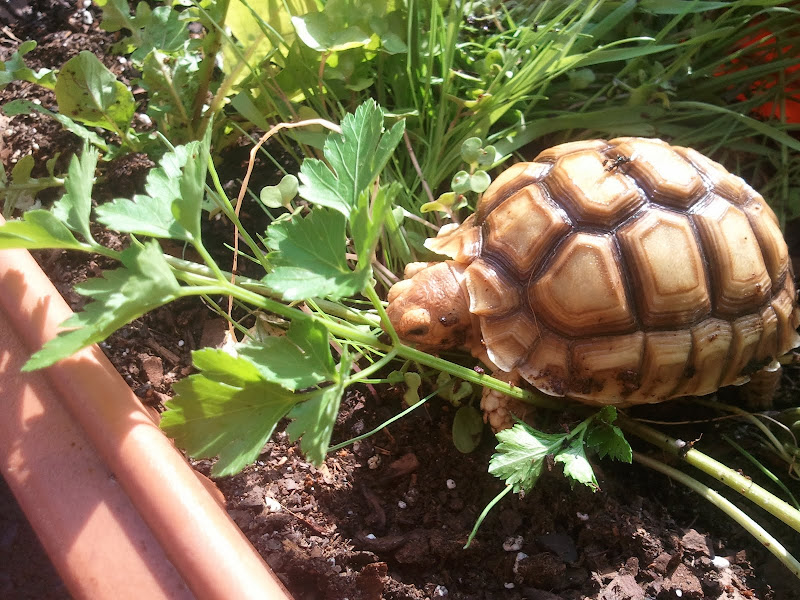
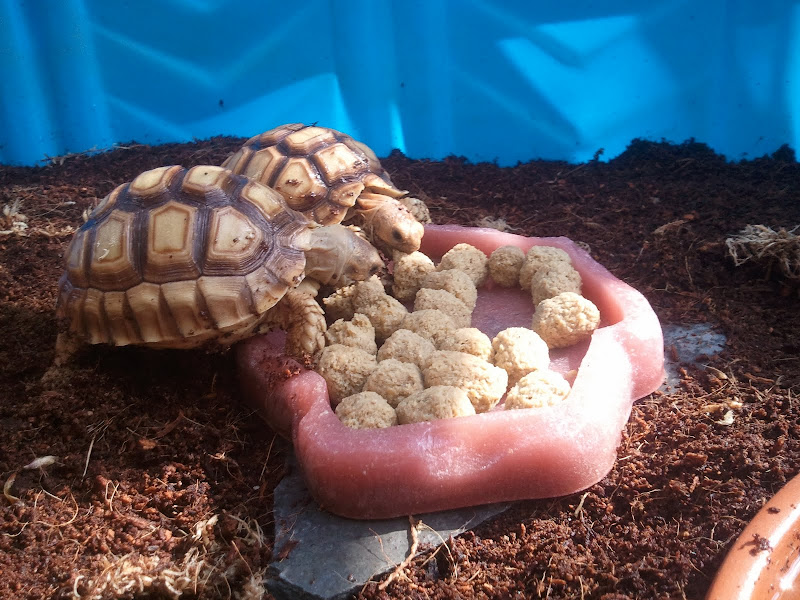
he had trouble reaching the mazuri so i put a rock under him
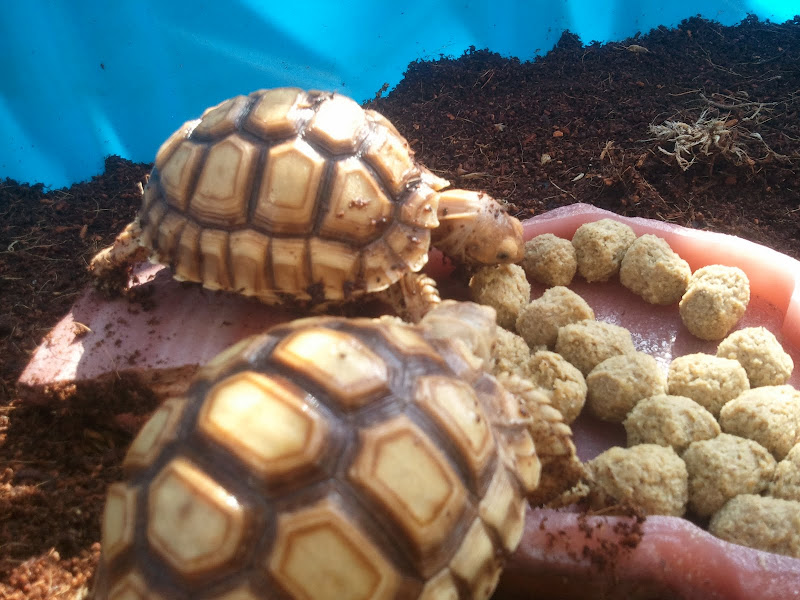
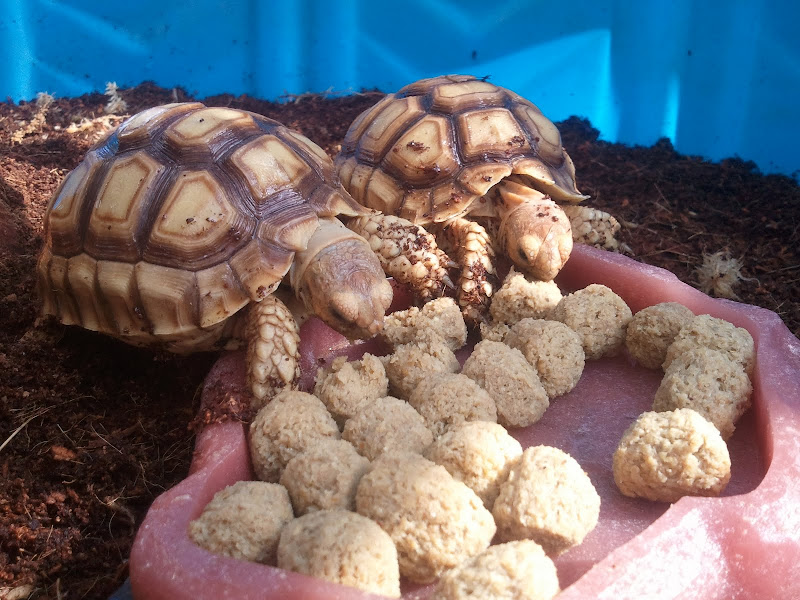
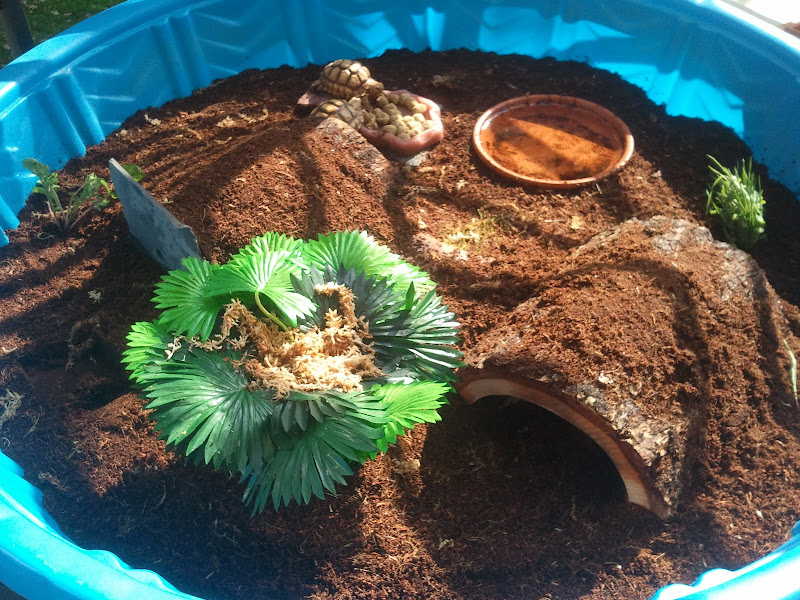
Mazuri its all mine!!
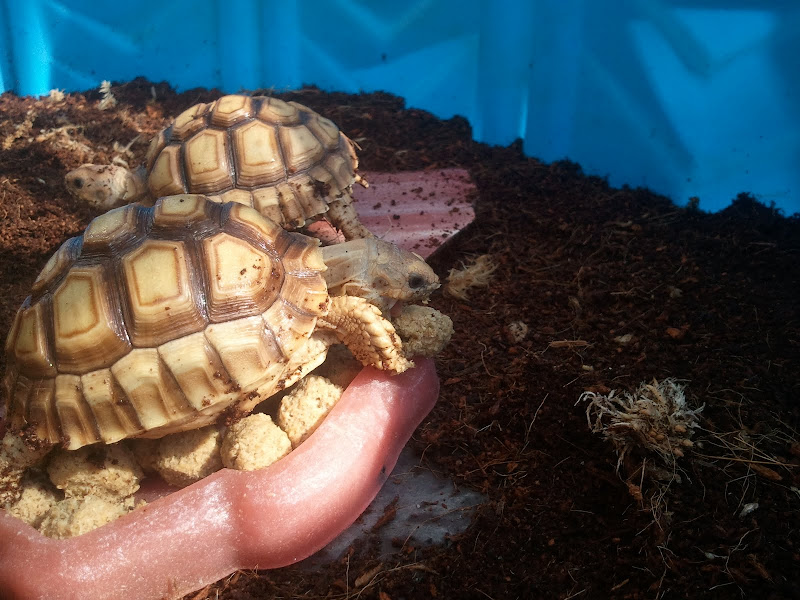
my dog is so jealous of all the time the torts get!





he had trouble reaching the mazuri so i put a rock under him



Mazuri its all mine!!
